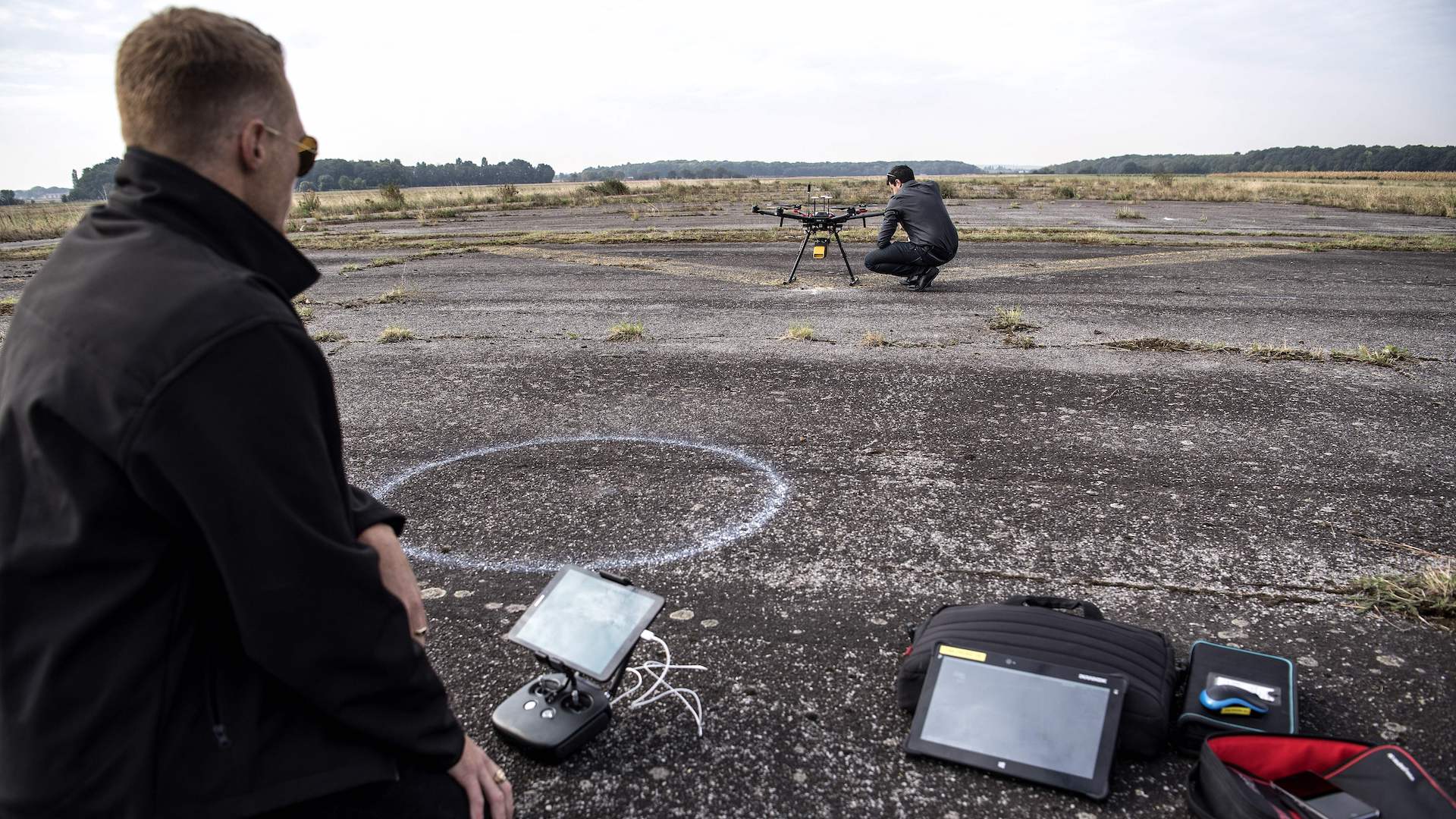

The Safir project, a consortium of 13 public organizations and private companies partly funded by the European Commission, will begin testing drone applications and unmanned traffic management systems in Belgium in hopes to assist the European Union establish a framework for the commercial drone industry, The New York Times reports.
Members of Safir (or Safe and Flexible Integration of Initial U-space Services in a Real Environment) met in Brussels in November to discuss the upcoming test trials, which will take place at the DronePort facility in Limburg.
“It is about testing 10 drones with different purposes, applications and IT systems,” explained DronePort CEO Mark Vanlook.
The parties involved will provide the project with a wide range of applications and resulting datasets, ranging from Unifly’s software and UTM experience and Helicus’ medical supply drone delivery expertise to Amazon Prime Air, companies focused on aerial law enforcement assistance, infrastructure inspection, and wildlife monitoring. For Vanlook, the purpose is to place this varied group of drone hardware and software into an actual environment, simultaneously, and assess how safe and effective they co-exist—or not.
“If drones can’t account for their surroundings, they will collide—and hurt people,” he said.
While the drone industry has admittedly made some impressive strides both stateside and abroad, incidents like the recent Gatwick Airport shutdown and frustrating lack of unreliable remote drone identification have caused some warranted concerns in moving too fast regarding more loosened regulations.
“The technology to build a single drone obviously exists, and now we are playing catch-up with registration, tracking and rulemaking, all things that will prevent chaotic, ad hoc incidents like this one at Gatwick,” said Unifly official Ellen Malfliet.
Vanlook, too, admitted that the Gatwick shutdown “opened our eyes” to how necessary thorough, all-encompassing legislation on behalf of the European Commission actually is, and that creative solutions to manage the increasing drone traffic are vital. As such, Vanlook is excited to have Cambridge-based company Aveillant join the Safir project, as it markets holographic radar technology capable of detecting drones near airports, national borders, and other critical infrastructures.
For policy fellow at the European Council on Foreign Relations, Ulrike Frank, Europe needs to stay focused to remain in lock-step with the rest of the world’s major drone players if it wants to participate in the industry’s eventual commercial landscape and subsequent economic gains.
“The market is Chinese dominated right now,” she said. “And if Europe wants to catch up, it first has to unify rules and regulations, which will incentivize European drone producers to engage not just with their country but the entire European market.”
As it stands, Safir’s testing at DronePort will allow participating companies to utilize a substantial runway, control tower, and multiple hangars. A live demonstration in Antwerp is also on the table, but only once companies undergo and pass a series of safety tests. According to Safir members themselves, their continued effort into the project and subsequent successful live demonstration will stand on its own as a clear sign to lawmakers and industry leaders that a healthy, safe, and economically boosting drone industry is viable.